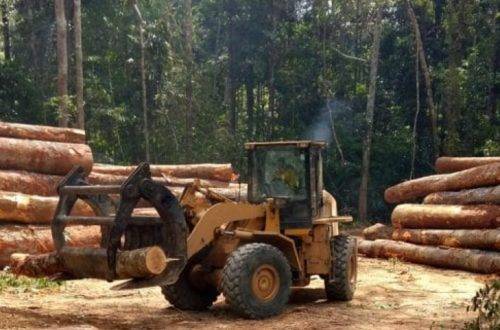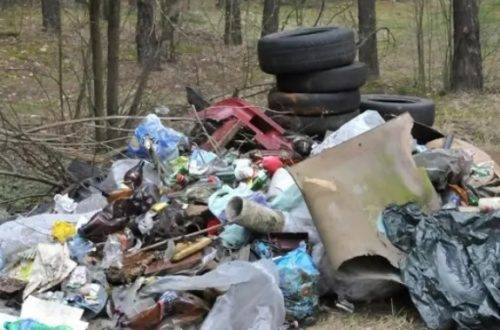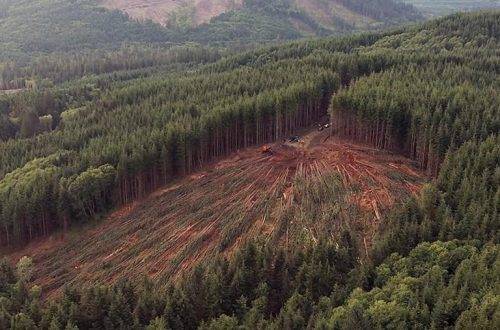Forest Carbon Takes Another Hit
A recent study has shown that rainforests store much less carbon than originally thought and that there is variability in the density of carbon stored in seemingly similar forests.
The study, carried out by the US-based Carnegie Institution, WWF and the Peruvian Ministry of the Environment (MINAM), used satellite mapping, airborne-laser technology, and ground-based plot surveys of 43,000 square kilometres of Peruvian Amazon forest to create the first high-resolution maps of carbon locked up in tropical forest vegetation. The results should be hugely influential on how the current REDD plus program is developed and yet have received small mention from the WWF-influenced study group.
The findings are set to influence the IPCC-accepted methodology for estimating forest carbon – and the REDD plus programs based upon it. The current IPCC-based estimate for carbon in the project area is 587 million metric tons. The new Carnegie approach gives an estimated total of just 395 million metric tons – one third less than the IPCC baseline estimate. The study also highlights the carbon storage capacity differences among forest types, depending on the underlying geology of a certain area.
But above all, it highlights the need for stronger empirical research into the carbon cycle in forests globally, beyond the estimates. There are literally billions of dollars at stake. Frances Seymour, head of CIFOR last month contended that “practice was getting ahead of theory” when it comes to REDD. She called for the need to focus on empirical analysis as REDD projects moved from ideas to implementation. Perhaps the donor community should listen.


